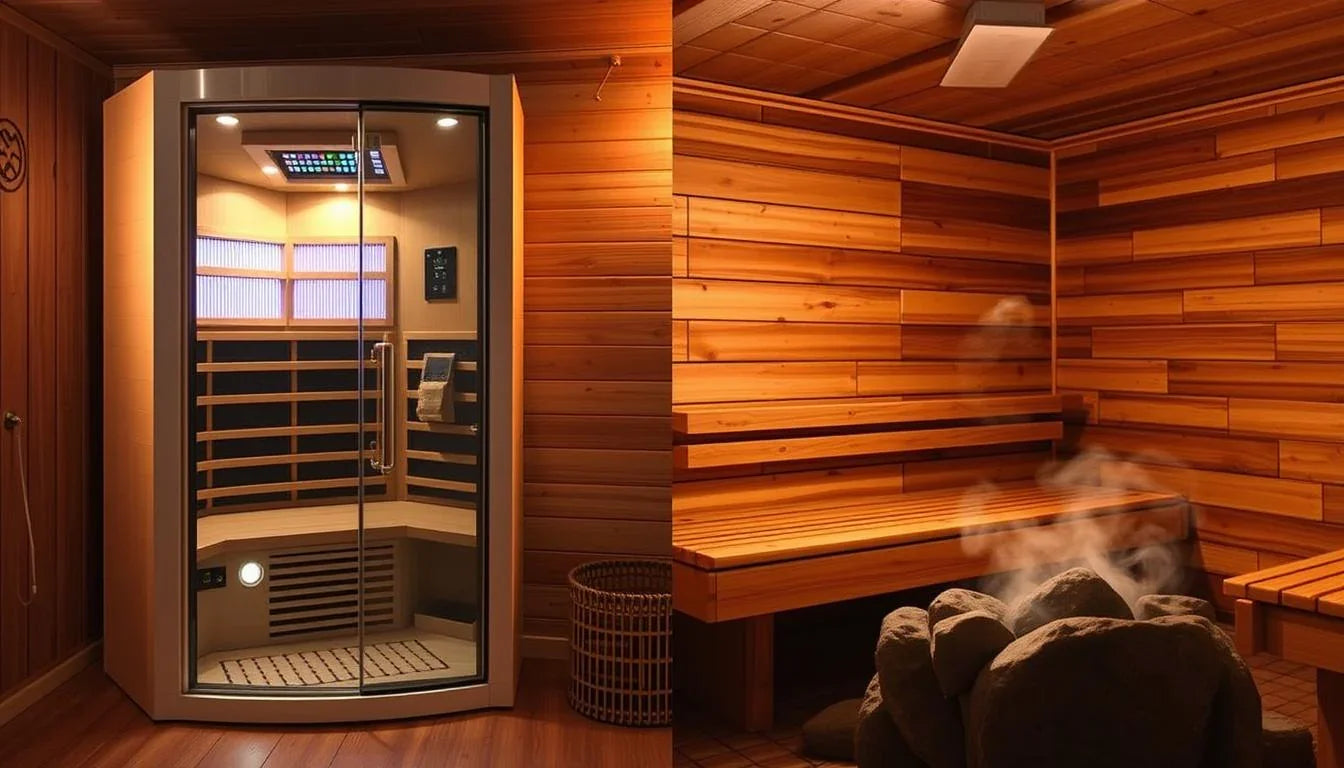
IR Sauna vs Traditional Sauna: Key Differences Explained
This guide defines each approach and explains what heats the room or the body. Traditional saunas warm a wooden room with a heater and stones, producing high temperature and controllable steam. Infrared saunas use panels that deliver radiant heat that warms the body directly at lower air temperatures.

Their sauna experience differs: one feels hotter and more humid with löyly and ritual, the other is gentler and drier. Both offer shared health benefits like relaxation, circulatory support, and recovery, though the research base is stronger for the wooden-room model.
Practical factors matter too. Infrared models are often compact and easier to install, while room-style builds need more space, ventilation, and electrical planning. This introduction frames the main differences so you can choose based on wellness goals, comfort, and home needs.
Key Takeaways
- Room-style saunas heat air and stones; infrared panels warm the body directly.
- Traditional sessions feel hotter with steam; infrared sessions are milder and drier.
- Both support relaxation and circulation; research is stronger for the room model.
- Installation, size, and energy use vary—consider home constraints.
- Choice should match your comfort, health goals, and lifestyle needs.
At a Glance: How Infrared and Traditional Saunas Differ Today
At a glance, these two sauna formats deliver heat and comfort in very different ways. Infrared sauna cabins run lower, around 50°C–60°C, and feel dry. Traditional sauna rooms commonly reach 70°C–110°C and can add steam to raise humidity to 5%–15%.
https://www.youtube.com/watch?v=US2FRENpTeQ
Session style also shifts by design. Infrared saunas often seat one to four people and allow longer, gentler sessions. Traditional saunas tend to be larger, social spaces with short, intense stays and optional löyly (steam).
- Heat source: panels (carbon, ceramic, Incoloy) versus stove and stones; heaters change how the air warms.
- Humidity: adjustable steam in room-style set-ups; infrared models are typically dry unless paired with a steam unit.
- Benefits: both support relaxation and circulation, though the evidence base for room saunas is broader and infrared studies show promising pain and recovery results.
"Real-world temperatures and humidity shape how fast you sweat and how comfortable a session will feel."
How Each Sauna Works: Heat Sources, Air, and Body Response
Heat delivery and air behavior determine how quickly you sweat and how the body feels during a session. Different systems use distinct hardware and physics, so the timing and comfort of warm-up vary.
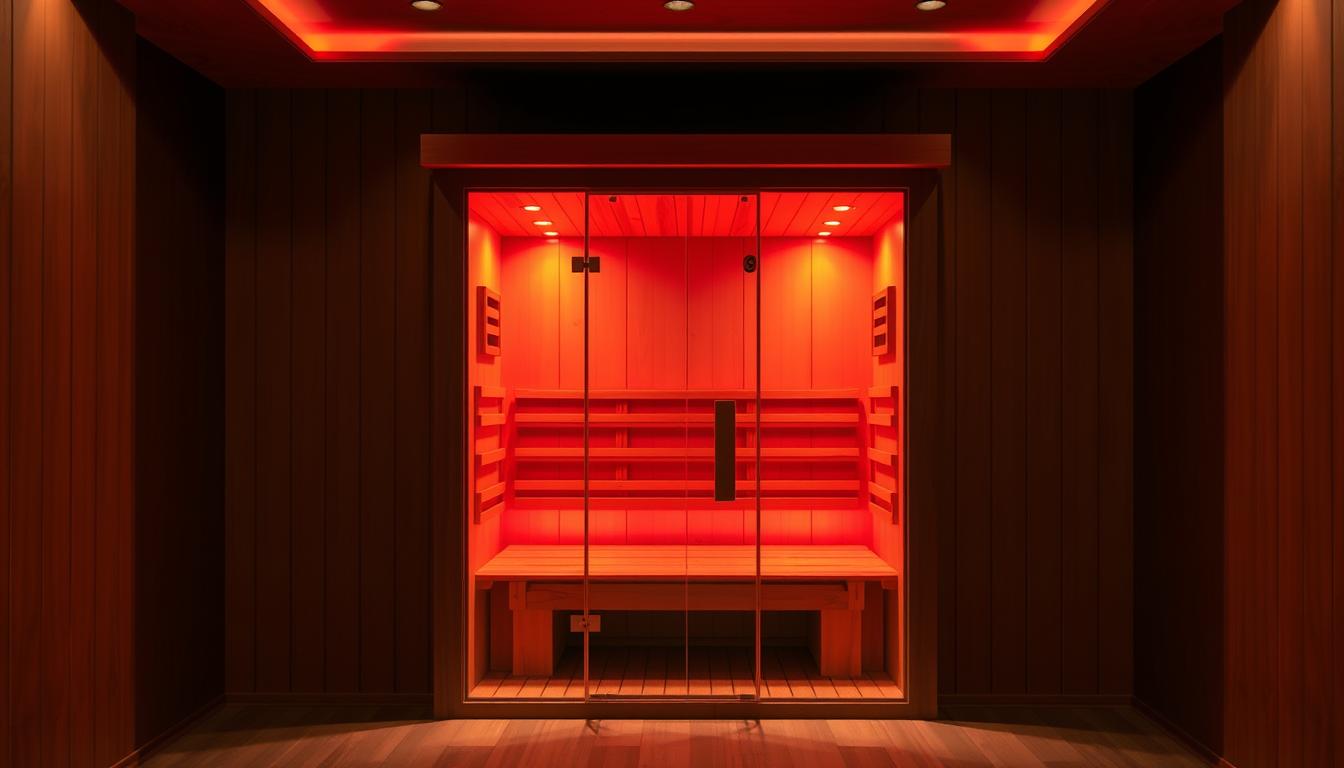
Heating methods and how warmth reaches the skin
One format relies on a stove plus stones and conventional heaters. That setup warms room air, then radiates to the skin. Adding water to the stones creates steam and a löyly effect that raises perceived heat.
By contrast, infrared saunas use carbon, ceramic, or Incoloy panels that emit far-infrared light. The panels warm tissue directly while the cabin air stays cooler.
Temperatures, humidity, and real-world session differences
- Typical room temperatures: 70°C–110°C for a traditional sauna; 50°C–60°C for infrared saunas.
- Humidity: 5%–15% when water is used on stones; infrared cabins remain largely dry.
- Perceived heat and sweat onset differ—higher air heat speeds sweat but can shorten sessions; lower air heat lets users sit longer with steady warmth.
| Feature | Stove + Stones | Infrared Panels |
|---|---|---|
| Primary heat | Convection and radiant from stove | Far-infrared light absorbed by body |
| Typical temperatures | 70°C–110°C | 50°C–60°C |
| Humidity / steam | Adjustable 5%–15% | Dry cabin |
| User response | Fast sweat onset; short cycles | Gentler warming; longer sessions |
| Notes | Classic Finnish practice, strong social ritual | Compact, lower air temperatures; even skin heating |
Both formats raise circulation and sweating, so the core benefits overlap. The engineering of systems affects warm-up time, zoning, and upkeep, which matters for long-term use and choice of infrared traditional sauna or room-style builds.
Health Benefits Compared: Evidence, Overlap, and Where They Diverge
Heat therapy studies show overlapping benefits, but the strength of evidence differs by method. Both approaches raise heart rate and improve blood flow through controlled heat stress. Observational research links traditional sauna use to lower blood pressure and reduced long-term cardiac risk.

Cardiovascular support and circulation
Both formats support vascular function by increasing circulation and temporarily elevating heart rate. Traditional saunas have a larger evidence base for long-term heart benefits, while infrared saunas show promising improvements in blood pressure and circulation in smaller trials.
Pain relief, muscle recovery, and joint comfort
Infrared saunas produce measurable reductions in chronic pain and stiffness in some studies, especially for rheumatoid conditions. Room-style sessions also ease sore muscles and aid recovery, particularly when combined with cool-down routines.
Mental well-being, relaxation, and stress reduction
Relaxation and improved sleep are common findings across both methods. The ritual of unplugging and controlled heat exposure delivers consistent stress relief and mood benefits.
Detoxification, skin effects, and “full-spectrum” claims
Sweating can improve skin tone via increased circulation, but detox narratives often overstate sweat’s role; liver and kidneys handle most toxin clearance. Marketing for full-spectrum light and wavelength claims varies in clinical support—device specs and independent testing matter.
"Choose by goals: cardiovascular support, pain relief, relaxation, or skin outcomes—evidence and comfort should guide your choice."
ir sauna vs traditional sauna: Which Fits Your Needs and Goals
Match the heating style to your routine, space, and tolerance to get the best wellness return. Start by listing what matters: social use, session length, installation effort, and how you handle heat and humidity. That framework makes the choice clearer.

Side-by-side differences that matter to users
Traditional sauna setups deliver higher heat and adjustable steam, and they often serve as larger social rooms with a strong evidence base for cardiovascular benefits.
Infrared saunas are compact, run at lower temperatures, and provide a drier environment suited to one to four users. Installation is usually simpler and upfront costs can be lower.
Choosing by tolerance, space, and wellness priorities
- Heat and steam preference: Pick the model that matches your tolerance for intense temperatures and bursts of steam.
- Session style: Short, hot rounds with cold plunges favor the room-style approach; longer, steady sessions fit infrared cabins.
- Space and setup: Smaller bathrooms or apartments often suit plug-and-play infrared units; custom builds need ventilation and more square footage.
- Maintenance and budget: Wood rooms require humidity-grade materials; panel cabins need reliable electrical design and panel integrity.
- Consistency: The best choice is the one you will use regularly—adherence delivers the true benefits.
| Consideration | Traditional sauna | Infrared sauna |
|---|---|---|
| Typical temperatures | Higher (70–110°C) | Lower (50–60°C) |
| Humidity / steam | Adjustable, tactile steam | Dry unless accessories added |
| Capacity | Larger, social rooms | Usually 1–4 users |
| Installation & cost | Custom build, higher variability | Plug-and-play options, simpler install |
| Best for | Intense heat lovers, social rituals | Heat-sensitive users, tight spaces |
Sauna Experience: Heat, Steam, and Session Style
The way heat and moisture arrive in the room shapes the ritual and rhythm of each session.

In Finnish-style rooms, pouring water on hot stones creates löyly, a wave of steam that briefly raises humidity and makes the heat feel sharper on the skin.
This steam pulse sets a sensory rhythm. Many users add aromatic oils or birch whisks and follow short rounds with cold plunges or cooling breaks. Those cycles support circulation and a strong cultural ritual.
Dry, steady warmth and personal sessions
Infrared cabins deliver even, dry heat without steam. Lower cabin temperatures allow longer, gentler sessions that feel less taxing on breathing and stamina.
The choice between steam-driven variability and stable warmth changes how people pace hydration and cooling. Social rooms invite conversation and group rituals; compact cabins function as focused, private therapy spaces.
"The tactile rush of löyly appeals to some; others prefer predictable, steady warmth for longer recovery sessions."
Safety note: keep water away from electrical panels and ensure proper ventilation in rooms to maintain air quality and comfort.
Costs and Energy Use in the United States
Budget and ongoing bills shape which setup makes sense for most U.S. homeowners.
Purchase and installation differ sharply between flat-packed cabins and built rooms.
Purchase, installation, space, and ventilation
Plug-and-play cabins often arrive flat-packed and need minimal electrical work. They usually cost less up front and fit into tight spaces like a spare room or finished basement.
By contrast, a custom room requires skilled design, insulation, and a ventilation plan. Those projects raise the initial price and may need dedicated circuits and moisture protections.
Operating costs, warm-up time, and energy efficiency
Operating bills hinge on warm-up time, target temperature, and how often the unit is used.
Small plug-in cabins can run at roughly a dollar or slightly more per hour in some U.S. markets. Room-style builds reach higher temperatures and may draw more energy per session if insulation or use patterns are not optimized.
Long-term view: regular heavy use narrows the gap. Climate, energy rates, and build quality change the math.
"Choose the option that matches your space, session style, and how often you'll use the equipment."
| Feature | Infrared cabin | Room-style build |
|---|---|---|
| Typical purchase & install | Lower upfront, DIY-friendly | Higher, requires professionals |
| Space & ventilation | Small footprint, standard rooms | Needs dedicated space and vents |
| Warm-up & running | Faster warm-up; lower temperature targets | Longer warm-up; higher temperatures |
| Typical hourly energy | Often ~ $1/hr for small models | Varies; can be higher per session |
| Best for | Frequent short sessions, compact homes | Social use and ritual-focused evenings |
Practical tips: ensure proper circuits, check local codes, and weigh material durability and control systems when estimating lifetime cost and benefits.
Safety, Risks, and Smart Use
Practical safety starts before you step inside: check wiring, ventilation, and how your body responds to warmth. A clear plan reduces the chance of dehydration, overheating, and electrical hazards.
Heat exposure, dehydration, and session duration
Hydration and listening to the body are the first rules for safe sauna use. Higher temperatures in room-style builds speed fluid loss, while infrared cabins run cooler but still raise core temperature.
Keep sessions moderate: begin with short sits and add time gradually. Allow cool-down breaks between rounds, and prioritize rehydration and electrolytes after a session.
People with heart conditions, pregnancy, or certain treatments should consult a clinician before regular heat therapy. Also avoid alcohol and heavy medication that alter thermoregulation.
Electrical, EMF considerations, and equipment quality
Electrical safety is nonnegotiable. Use proper circuits and grounding for room installations and keep water away from infrared panels and controls.
Choose certified products from reputable manufacturers. EMF claims are common in marketing, but evidence is limited and mixed. If concerned, select independently tested, low-EMF designs and review lab reports.
- Monitor actual temperature and how you feel rather than chasing extremes.
- Prioritize ventilation and air quality for higher-humidity rooms.
- Post-session cooling and rehydration support cardiovascular stability and reduce stress on the body.
"Safe routines maximize benefits and make heat therapy a sustainable wellness practice."
Misinformation Watch: Marketing vs Research
Consumers face a flood of promises about detox, fat loss, and skin fixes from manufacturers. This brief section separates common marketing lines from what peer-reviewed studies actually show.
Common infrared sauna claims and what research supports
Be skeptical of absolute claims that an infrared device alone produces deep detoxification or lasting fat loss. Sweating removes some compounds, but the liver and kidneys do primary clearance.
Full-spectrum marketing for collagen or targeted tissue repair needs independent wavelength testing and realistic exposure data. Small trials may show promise, but larger, reproducible studies are limited.
Misconceptions about traditional saunas and “outdated” labels
A persistent myth calls room-style setups outdated or uncomfortably dry. In well-built Finnish designs, pouring water on hot stones creates löyly and adjustable humidity for comfort.
Both formats emit infrared energy: high-temperature heaters produce infrared as part of their output. Lower temperatures in some cabins can increase comfort, but comfort does not automatically equal superior health outcomes.
- Weight loss during a session is mostly fluid loss, not fat reduction.
- Prioritize peer-reviewed evidence and sample size when judging health claims.
- Pick the option that fits your comfort and helps you maintain regular use.
"Marketing can overextend small clinical studies; prioritize reproducible research and your own long-term response."
Conclusion
The best path balances evidence, comfort, and the practical limits of your home and budget.
Both traditional saunas and modern infrared saunas deliver clear relaxation, circulation, and recovery benefits. Choose the option you will use regularly and enjoy.
Traditional saunas bring higher heat, steam-driven ritual, and a broader cardiovascular research base. Infrared saunas run at lower temperatures, fit tighter spaces, and show promising results for pain relief and blood pressure.
Match your choice to heat tolerance, desired humidity, space, installation needs, and budget. Prioritize certified equipment, proper ventilation, and safe electrical work.
Start with short sauna sessions, hydrate, and track how your body responds. With smart use and realistic expectations, either option can become a lasting part of your wellness routine.
FAQ
What are the main differences between infrared and traditional saunas?
Infrared units use radiant panels that warm the body directly at lower air temperatures, while traditional models heat room air with electric heaters or wood-fired stoves and often use hot stones and steam to raise humidity. That creates different sensations, warm-up times, and session styles that suit different tolerance and wellness goals.
How do heating methods affect comfort and sweat onset?
Radiant panels produce a penetrating warmth that can trigger sweating at lower ambient temperatures, often making sessions feel milder. Heaters and stones raise air temperature and, when water is added, humidity increases quickly, producing a heavier, more enveloping heat that many users find intense but traditional for Finnish-style bathing.
What temperature and humidity ranges are typical for real-world sessions?
Traditional rooms commonly run from about 150–195°F with humidity from 5% (dry) up to 20–60% during löyly when water is poured on stones. Units with radiant panels typically operate between 110–140°F and maintain low humidity, producing a drier environment with a different sensory profile.
Are the cardiovascular benefits similar between the two types?
Both formats can support circulation and reduce blood pressure temporarily by raising heart rate and dilating blood vessels. Evidence shows benefits with regular use for many adults, though individual response varies. People with heart conditions should consult a clinician before beginning sessions.
Which option is better for muscle recovery and pain relief?
Both provide heat therapy that relaxes muscles, eases stiffness, and may reduce delayed-onset soreness. Radiant heat can feel more targeted and comfortable at lower air temperatures, while high-heat, humid sessions can offer deeper overall relaxation for some users. Choice depends on personal comfort and specific joint or muscle concerns.
Do saunas help with stress reduction and sleep?
Yes. Regular heat exposure promotes relaxation, lowers perceived stress, and can improve sleep quality for many users. The sensory ritual—quiet time, warmth, and controlled breathing—contributes to mental well-being regardless of the heating method.
Is detoxification through heavy sweating supported by research?
Sweating eliminates small amounts of some toxins, but the liver and kidneys remain the primary detox organs. Heat-induced sweating assists skin cleansing and circulation, yet claims that sessions substantially purge heavy metals or large toxin loads exceed current evidence.
Are “full-spectrum” or near-, mid-, far-infrared claims valid?
Different emitters target slightly different wavelengths; some devices market “full-spectrum” coverage. While wavelength affects penetration and user sensation, robust clinical evidence comparing long-term health outcomes across spectra is limited. Users should evaluate manufacturer data and independent testing for EMF and performance.
How should someone choose based on tolerance, space, and priorities?
Choose by comfort and practical constraints: radiant units fit smaller spaces, heat faster, and run at lower temperatures; traditional rooms offer the sensory ritual of steam and higher heat but need more space and ventilation. Prioritize what you tolerate, how you plan to use the unit, and any health conditions.
What are typical purchase, installation, and operational cost differences in the United States?
Radiant units often cost less to buy and install, require minimal ventilation, and have shorter warm-up times. Traditional rooms can need more construction, ventilation, and sometimes structural changes, increasing initial cost. Operating expenses depend on usage, insulation, and energy rates; radiant systems can be more energy-efficient for short sessions.
Are there specific safety concerns to be aware of?
Follow session-duration guidelines, stay hydrated, avoid alcohol before use, and limit exposure if pregnant or medically compromised. Electrical safety, proper installation, and quality components reduce fire and EMF risks. Consult a healthcare professional for personalized advice if you have cardiovascular or other chronic conditions.
Do electromagnetic field (EMF) levels vary between units?
EMF exposure can differ by model and manufacturer. Many reputable brands publish independent EMF test results and use low-EMF designs. Review third-party testing and certifications when selecting equipment if EMF is a concern.
What common marketing claims should buyers question?
Be skeptical of promises of rapid weight loss, major toxin elimination, or guaranteed disease cures. Valid claims focus on relaxation, temporary cardiovascular effects, and improved muscle comfort. Look for peer-reviewed studies and transparent manufacturer data to evaluate benefits.
How long should a typical session last and how often is safe?
Beginners often start with 10–15 minutes and build toward 20–30 minutes as tolerated. Frequency ranges from a few times per week to daily use for some adults. Adjust duration and frequency based on comfort, hydration, and medical guidance.
Can people with medical conditions use these units safely?
Many people with controlled chronic conditions use heat therapy safely, but those with unstable heart disease, uncontrolled hypertension, recent heart attack, or certain pregnancy stages should avoid or seek medical clearance. Always consult a clinician for condition-specific guidance.
How does humidity and löyly contribute to the traditional experience?
Pouring water on hot stones—löyly—creates bursts of steam that raise humidity and intensify perceived heat. This ritual alters respiratory sensation, skin moisture, and overall atmosphere, forming a key part of the Finnish bathing tradition that radiant setups do not replicate.
Are skin benefits different between the two systems?
Both encourage sweating that can improve skin cleansing and circulation. Higher humidity can soften skin and open pores more noticeably, while dry radiant heat may feel gentler for sensitive skin. Skincare results vary by individual and post-session care.
Is one type definitively more energy efficient?
Efficiency depends on insulation, session length, and device design. For short, targeted sessions in small spaces, radiant units often use less energy. Larger traditional rooms with long warm-up times can consume more power but deliver a different bathing experience.

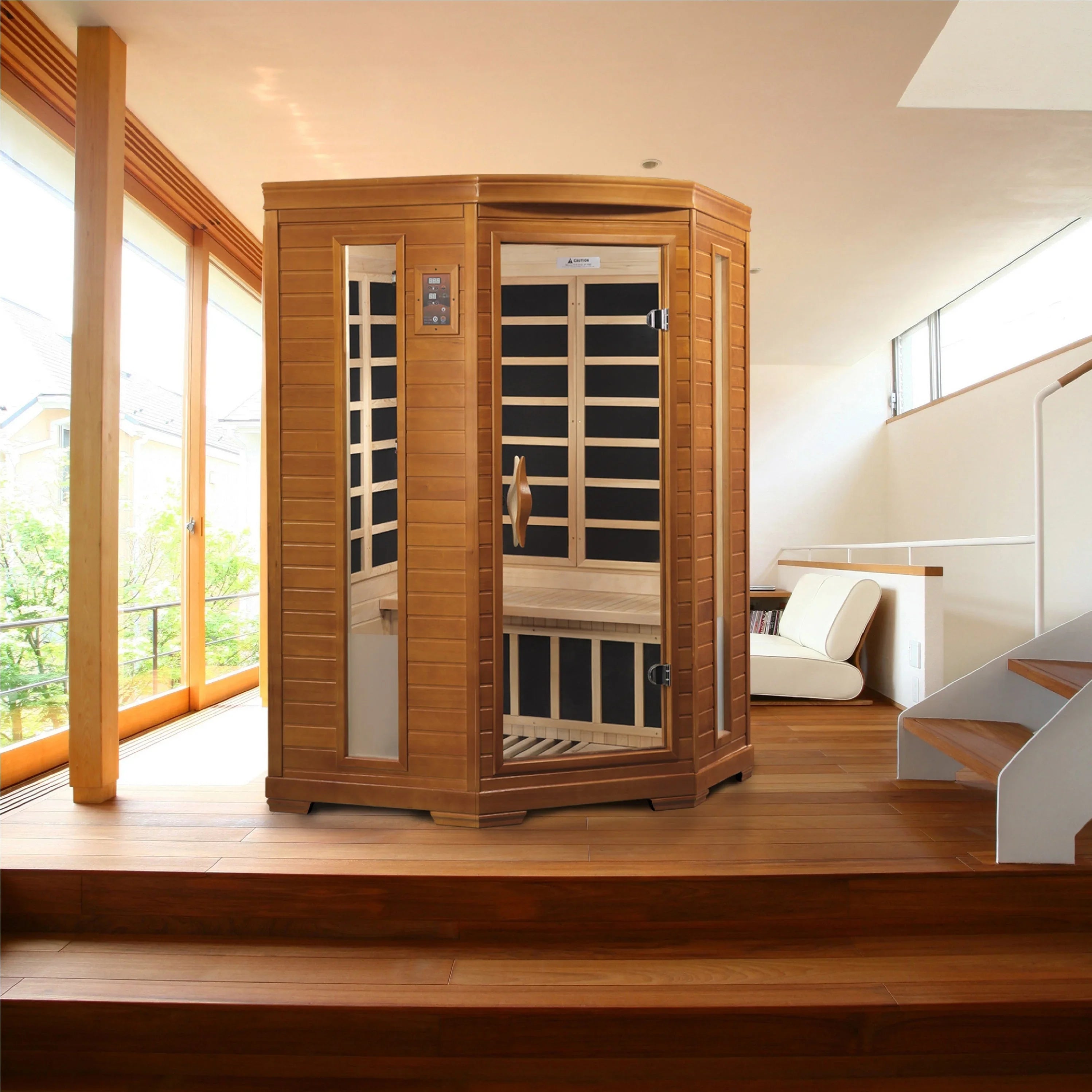

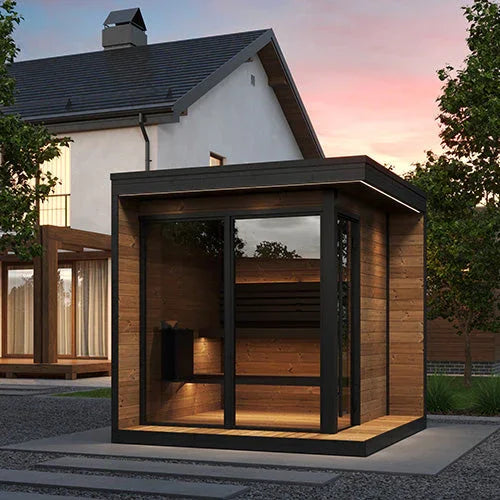
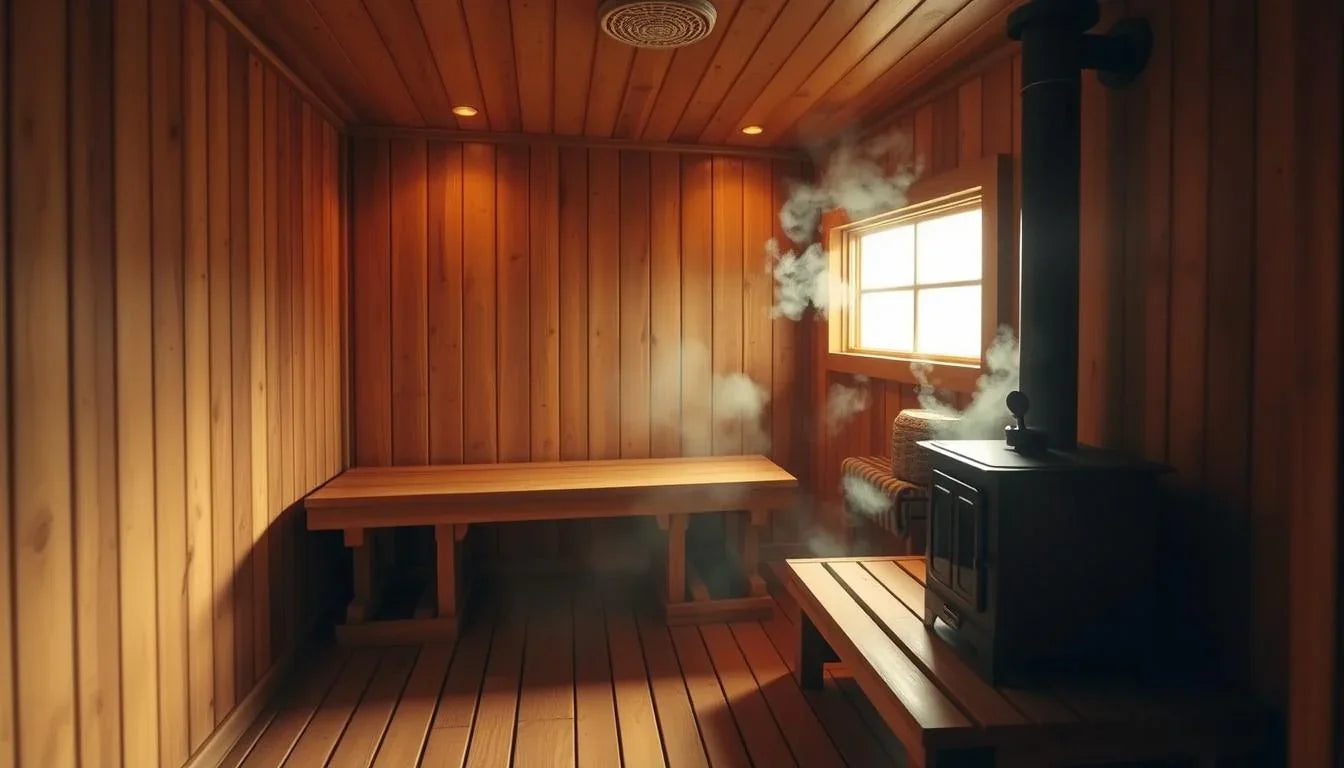

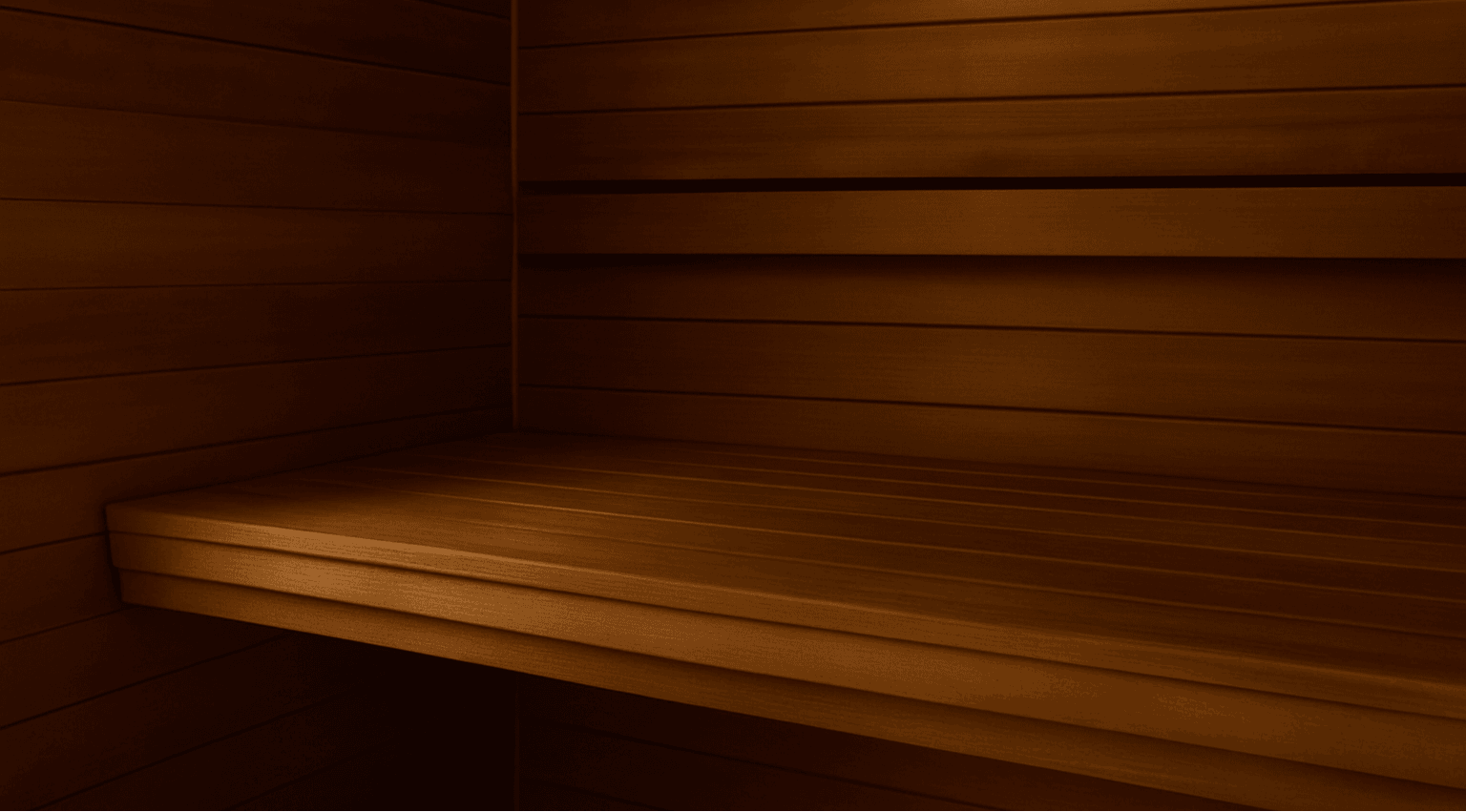
Leave a comment
This site is protected by hCaptcha and the hCaptcha Privacy Policy and Terms of Service apply.